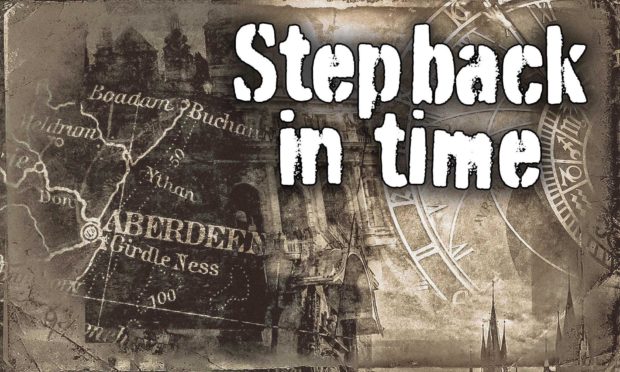It’s Aberdeen’s gateway to the world… but the city’s bustling international airport has grown beyond recognition from its humble origins almost 90 years ago.
It was opened at Dyce in July 1934 by the airport’s founding father, the flamboyant Eric Gandar Dower, to launch his pioneering airline, Aberdeen Airways – later Allied Airways – initially serving the Northern Isles.
During World War 2 Dyce became an important RAF base, central to the war effort and in the 60s, the airport became a vital hub for the offshore energy industry. It is still the world’s busiest airport.
Over the years, the airport has been expanded, upgraded and improved beyond recognition from Gandar Dower’s start-up enterprise. It is now one of UK’s most modern airports, a vital part of the north-east economy and the starting point for trips and holidays for people from across the region. Join us, as we open our archives on Aberdeen International Airport.
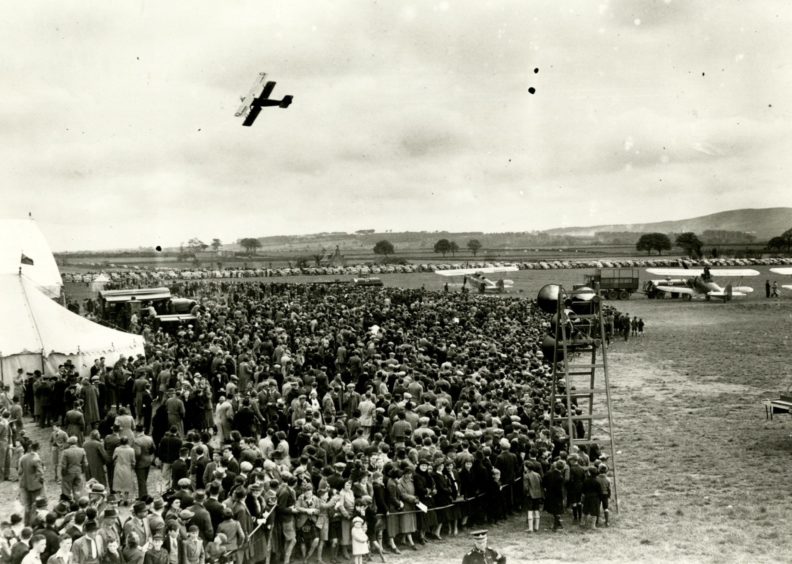
The airport at Dyce held popular for shows and displays during the 1930s. Here, large crowds are enjoying the Empire Air Day in 1938.
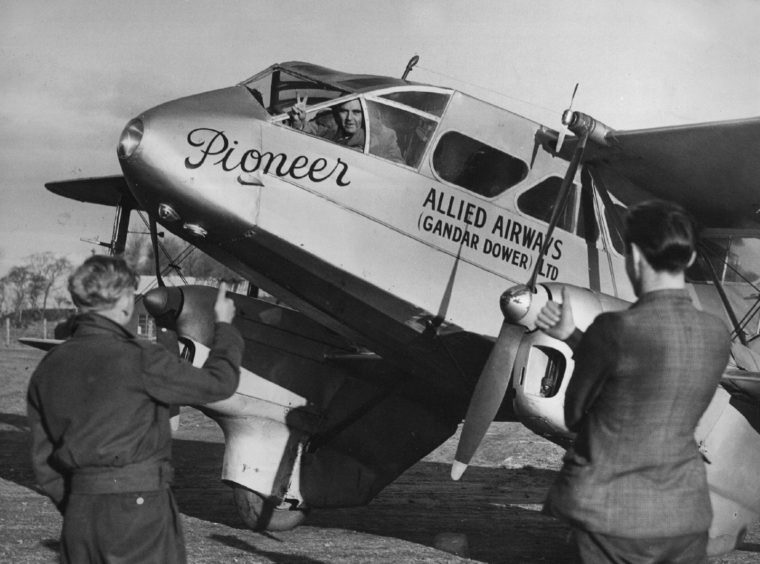
Founding father of Aberdeen Airport, Eric Gandar Dower is pictured is at the controls of a De Havilland Rapide which flew on the Allied Airways route from Aberdeen to Wick, Orkney and Shetland just after World War 2.
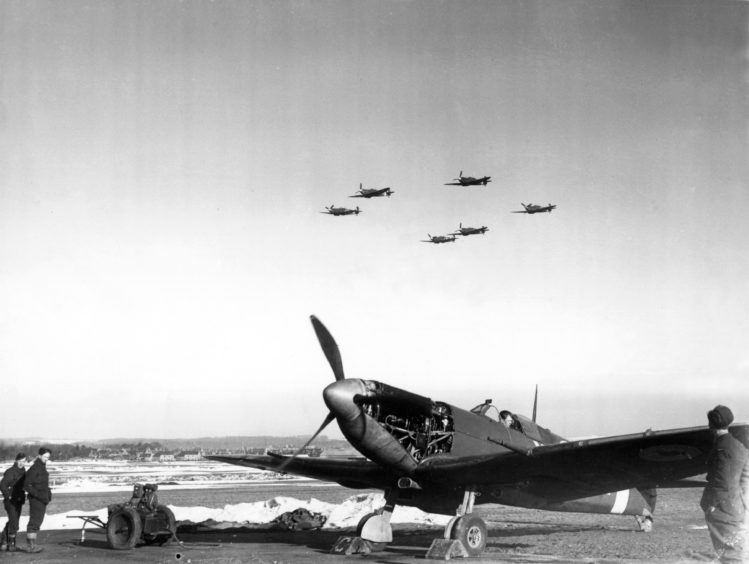
The airport was vital to the Second World War operations to defeat Nazi Germany. This pictures shows 603 (City of Edinburgh) Squadron Spitfires at Dyce in 1942.
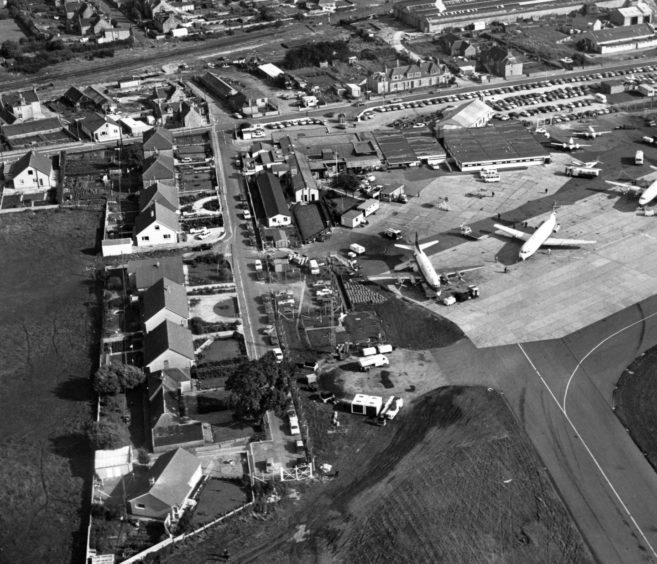
An aerial view of the Aberdeen Airport buildings at Dyce in September 1975.
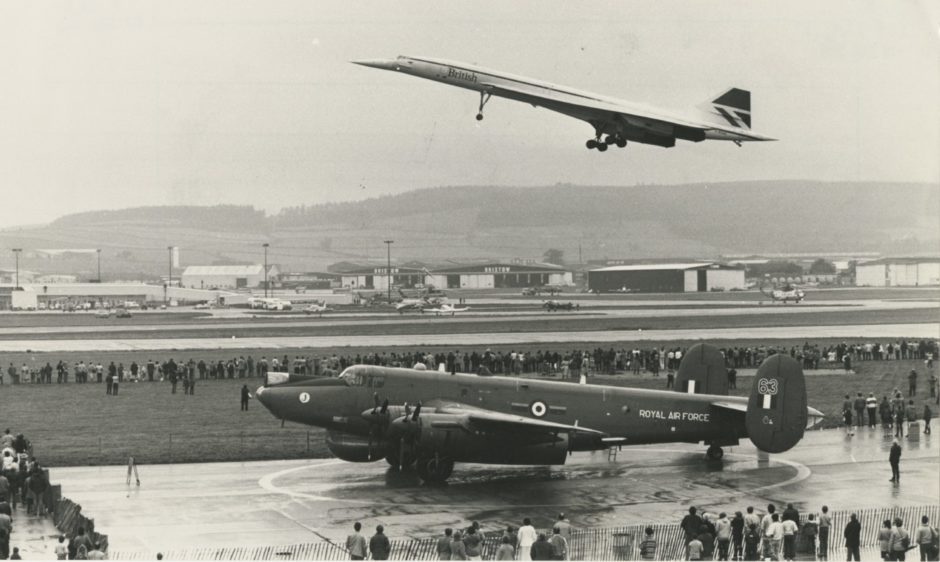
The new meets the old at Aberdeen Airport’s open day in 1984, as a British Airways Concorde passes over a Shackleton AEW Mk II. About 30,000 people attended the event.
